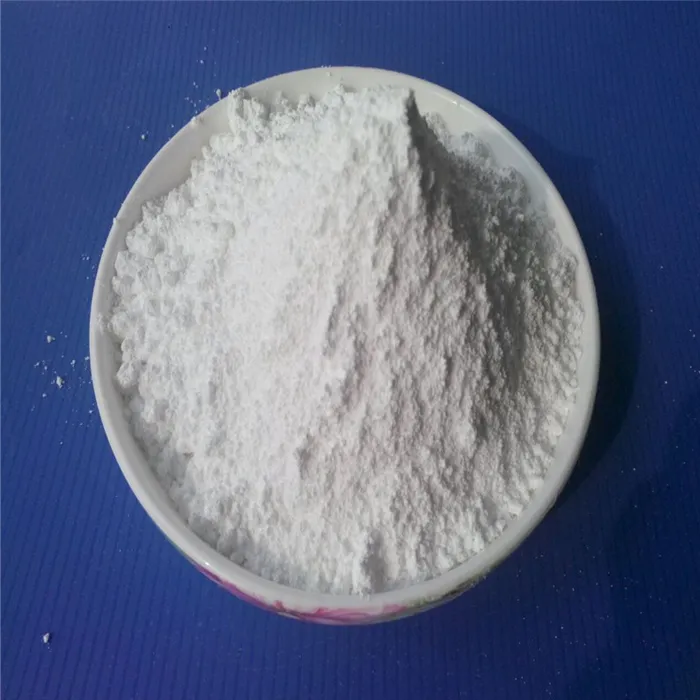Sevoflurane A Comprehensive Overview
Sevoflurane, an inhalational anesthetic agent widely used in clinical practice, stands out for its unique properties and versatility. As a halogenated ether, sevoflurane has become increasingly popular in both general anesthesia for surgical procedures and in outpatient settings due to its favorable pharmacokinetics and safety profile. This article explores the composition, clinical applications, benefits, and some considerations related to the use of Sevoflurane.
Composition and Properties
Sevoflurane is chemically classified as a fluorinated methyl isopropyl ether and is typically supplied in a 100 mL bottle. In its gaseous state, it is colorless and has a faint, pleasant odor, which enhances patient acceptance compared to other anesthetic agents. Its low blood-gas partition coefficient allows for rapid induction and emergence from anesthesia. This characteristic is particularly advantageous for outpatient procedures where minimizing recovery time is critical.
Clinical Applications
The primary indication for sevoflurane is its use in general anesthesia, especially in pediatric populations. Its pleasant aroma helps children feel more comfortable during the induction of anesthesia, reducing anxiety and resistance. Sevoflurane is also utilized for maintenance of anesthesia in longer surgical procedures, facilitating a stable anesthetic state. Beyond surgery, it is used in various medical settings, including in the management of procedural sedation and in some cases for the induction of anesthesia prior to intubation.
In addition to its use in children, sevoflurane is employed in adults, including those with significant comorbidities, thanks to its non-irritating nature and minor respiratory effects. It can be used in patients with reactive airways or those who may not tolerate more typical anesthetic agents.
Benefits of Sevoflurane
sevoflurane 100ml

One of the standout advantages of sevoflurane is its rapid onset and offset of action. This allows for precise control of anesthetic depth, which is crucial in surgical settings. Its low incidence of side effects, such as postoperative nausea and vomiting, further enhances its appeal. Moreover, sevoflurane has minimal cardiovascular effects, making it a safe choice for patients with cardiovascular issues.
Sevoflurane is also known to produce relatively less respiratory depression, which can be advantageous in certain clinical scenarios. The agent's solubility in blood (low blood-gas solubility) means that patients wake up quickly from anesthesia, allowing for faster recovery and discharge times.
Considerations in Use
While sevoflurane is often well tolerated, it is not without potential drawbacks. In rare cases, it has been associated with the phenomenon of malignant hyperthermia, a severe reaction to certain anesthetics. Additionally, its use requires careful monitoring in patients with a history of liver dysfunction or those taking medications that may interact with its metabolism.
Environmental concerns have also been raised regarding sevoflurane's contribution to greenhouse gas emissions. As a result, there is an ongoing effort within the medical community to minimize wastage and promote the use of low-flow techniques to mitigate its impact on the environment.
Conclusion
In summary, sevoflurane represents a pivotal advancement in the field of anesthesiology. Its favorable properties, including rapid induction and emergence, low incidence of side effects, and broad applicability in both pediatric and adult populations, make it a preferred choice for many anesthesiologists. As with any anesthetic agent, its use must be balanced with awareness of its potential risks and environmental impact. Continuous research and innovation will ensure that sevoflurane remains a cornerstone in safe and effective anesthesia practices, enhancing patient care in diverse surgical settings.

